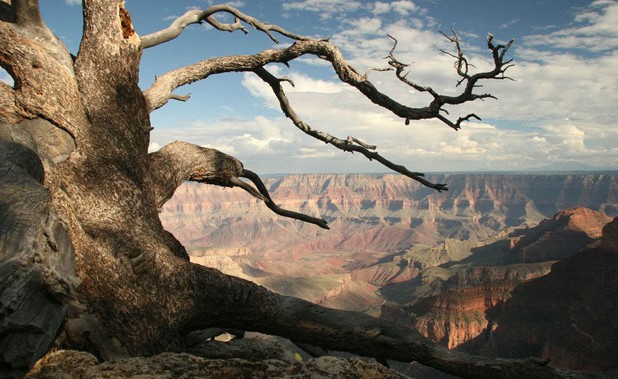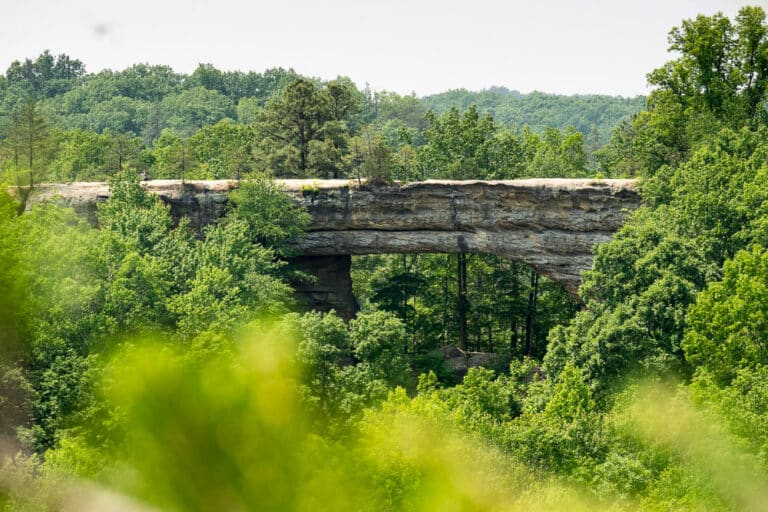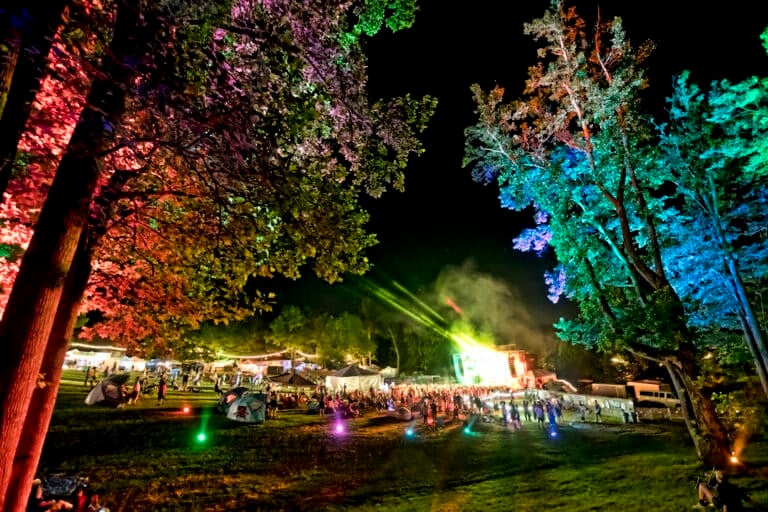By prohibiting further mining in the Grand Canyon, the U.S. government is effectively protecting more than 1,300 acres from surface disturbance and preventing the diversion and potential pollution of over 300 million gallons of precious fresh water from the region’s aquifers.
Dear EarthTalk: I understand that mining was just banned in the Grand Canyon and environs. Why is that an important victory for the environment?
— Michael McAllister, Reno, NV
Yes, in January 2012 Secretary of the Interior Ken Salazar announced that the federal government was prohibiting new mining claims for the next two decades across more than a million acres of public lands surrounding Grand Canyon National Park.
In the face of increased uranium mining in the area, environmental advocates have been pushing for the prohibition to stave off the industrialization of the iconic wild lands flanking the park, fearing that new roads, mines, exploratory drilling, power lines and truck traffic would compromise the natural experience most visitors seek, let alone directly pollute and alter the region’s fragile ecology. Pre-existing claims can continue to operate in the parcels in question, but they will have only about a tenth of the surface impacts and a third of the water usage of what mining in the area would cause without the ban on new claims.
“The Grand Canyon’s watershed is a complex groundwater flow system that extends miles north and south of the National Park’s boundary,” reports the non-profit Wilderness Society. “If contaminated by uranium mining, those aquifers would be impossible to clean up—a point acknowledged by the Arizona Department of Environmental Quality.” The group adds that the aquifers in question feed the Grand Canyon’s springs and creeks, which provide habitat for up to 500 times more species than adjacent uplands, including threatened, endangered and even endemic species found only in the national park.
“By industrializing the Grand Canyon region and risking permanent pollution of its soil and water resources, uranium mining would also threaten the Southwest’s robust tourism economy—for which Grand Canyon National Park is the primary economic engine,” says the Wilderness Society, adding that the outdoor recreation business in Arizona each year supports 82,000 jobs, generates some $350 million in state tax revenue, and stimulates about $5 billion in retail sales and services.
As far as environmentalists are concerned, the Interior Department’s decision couldn’t have come any sooner, with mining companies chomping at the bit to open up over 700 new uranium mining sites and exploration projects on the disputed lands. By halting this development, the U.S. government is effectively protecting more than 1,300 acres from surface disturbance and preventing the diversion and potential pollution of over 300 million gallons of precious fresh water from the region’s aquifers.
“The Interior Department’s decision on this ban reinforces the role the agency should play in managing our public lands by evaluating the various uses in the region and safeguarding fragile lands from permanent damage,” concludes the Wilderness Society.
Of course, the mining and uranium industries in the U.S. are not lying down so easily. In February the National Mining Association, a trade group representing the interests of the U.S. mining industry, filed suit in federal court to try to overturn the prohibition. While the challenge works its way through the legal system, environmentalists can breathe easy as the ban remains in effect. But only time will tell how long they can keep resource extractors at bay in and around our national parks, especially in light of the lucrative revenues that can be made from uranium mining, logging and other destructive practices.
CONTACTS: Wilderness Society, www.wilderness.org; National Mining Association, www.nma.org.
EarthTalk® is written and edited by Roddy Scheer and Doug Moss and is a registered trademark of E – The Environmental Magazine (www.emagazine.com). Send questions to: [email protected]. Subscribe: www.emagazine.com/subscribe. Free Trial Issue: www.emagazine.com/trial.








